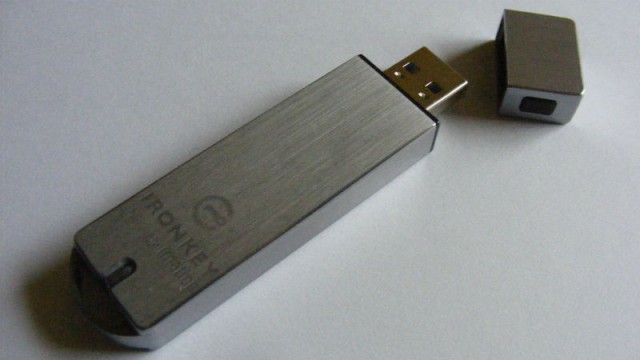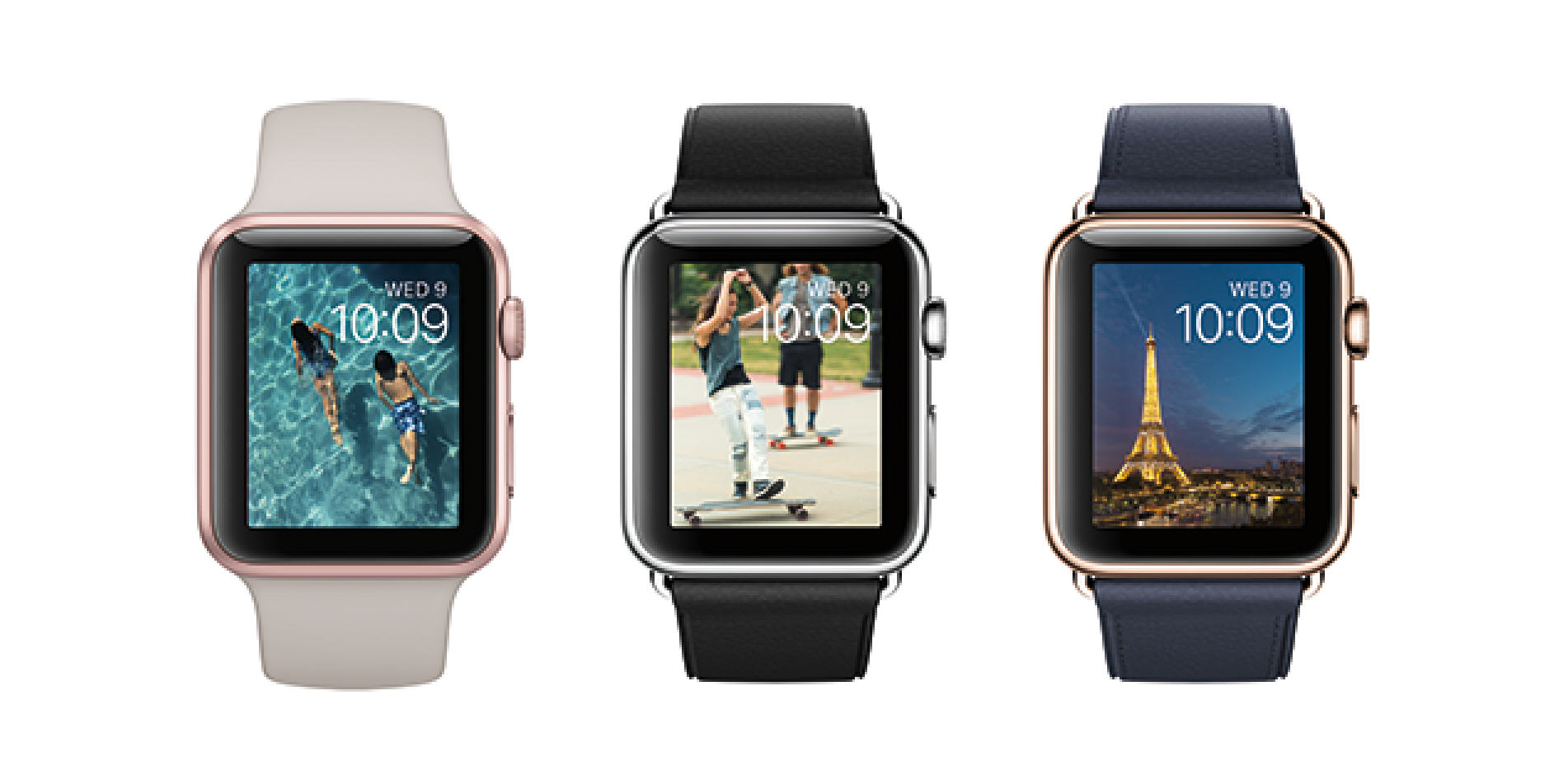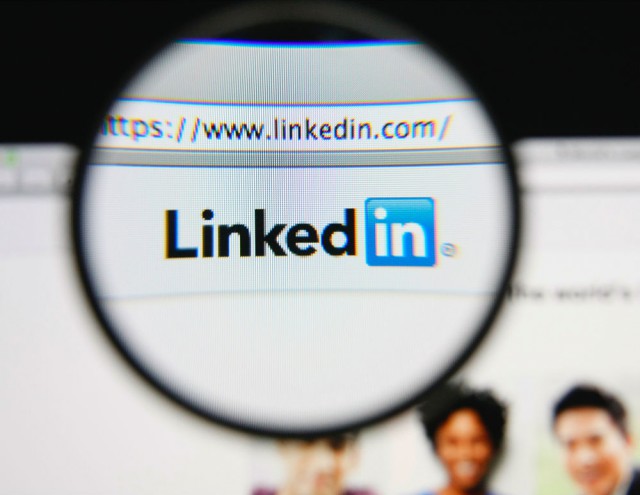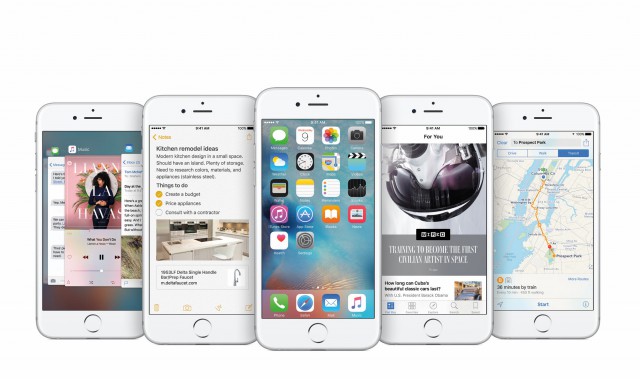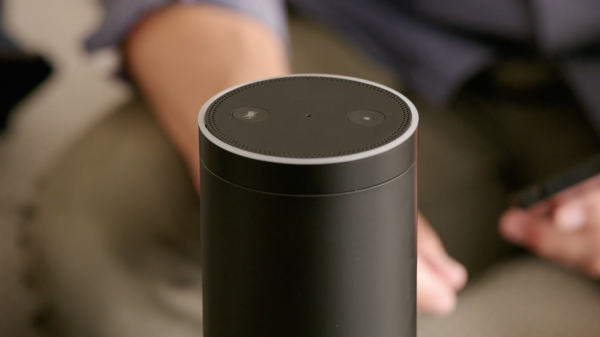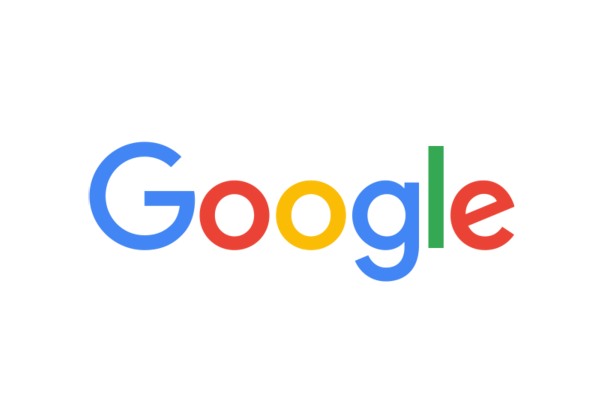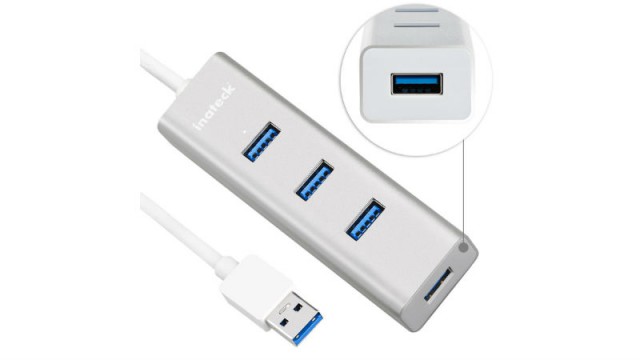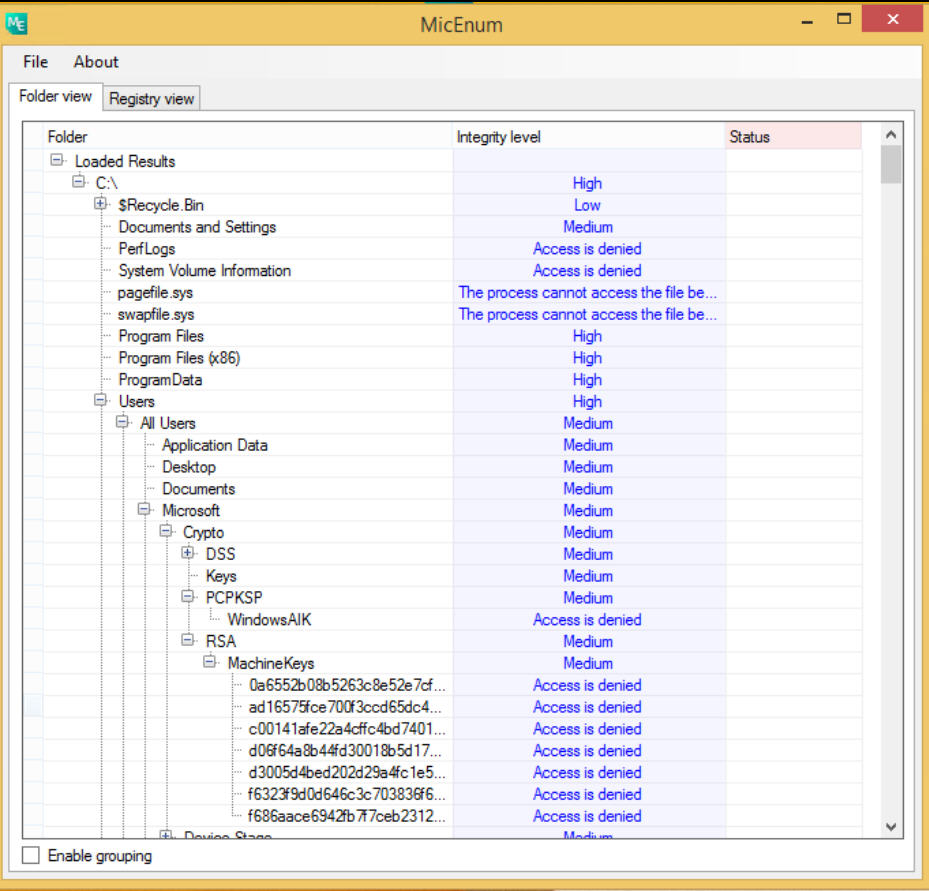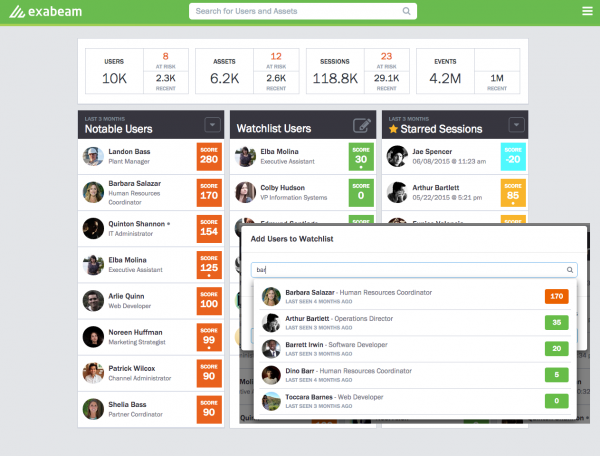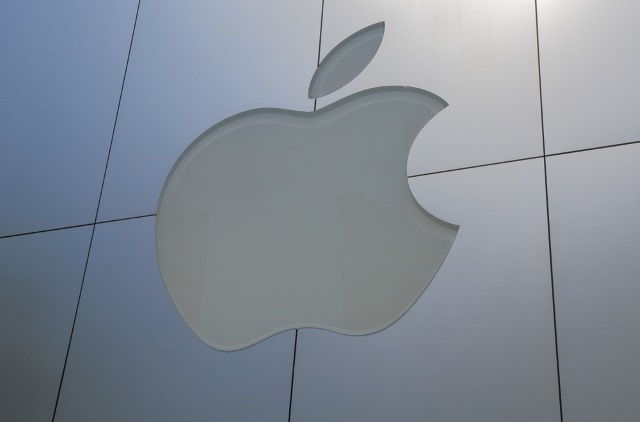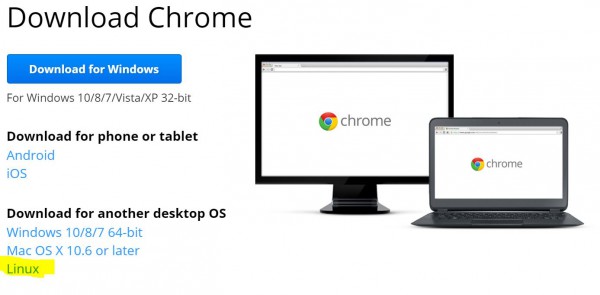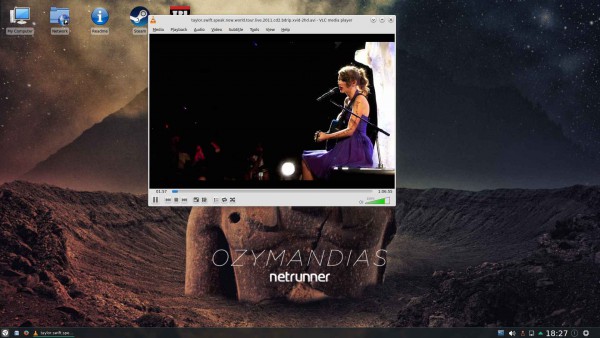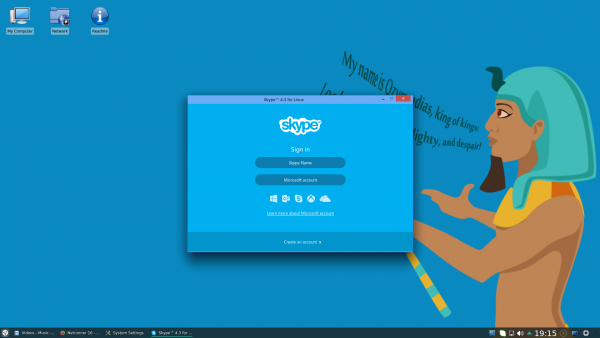
As the industry awaits the debut of Microsoft’s much delayed Windows 10 Mobile phone OS, many questions are circulating about which strategy the company should pursue going forward.
Some are arguing that Microsoft should abandon Windows 10 Mobile altogether and throw its lot in with CyanogenMod (or perhaps roll its own, rogue version of Android). Others are advocating a continued focus on delivering apps for Android and iOS first while leaving Windows 10 Mobile to languish as a low-priority, third option. And still others believe Microsoft should stay the course and leverage its strengths in the enterprise to reshape Windows 10 Mobile into an extension of the company’s entrenched productivity stack.
But which strategy to choose? Proponents of the CyanogenMod route point to that platform’s status as the anti-Google as its biggest strength. They envision a combined product that features the underlying, AOSP-based CyanogenMod core coupled with Microsoft’s vast array of Android-supporting apps and services -- basically, using the latter’s code to supplant Google Play Services entirely while maintaining compatibility for third party apps that rely on those services.
It’s a bold vision, but one that is also fraught with potential pitfalls. For example, even if Microsoft could replace Google Play on a service-for-service, API-for-API basis, there’s no guarantee that, over time, the resulting integration layer wouldn’t devolve into an unsupportable mess of spaghetti code and makeshift compatibility "shims". Add to this the fact that they’d be chasing a moving target in the form of Google’s ever-shifting API set, and the future looks grim for such approach (see IBM’s OS/2 and BlackBerry’s BB10 as cautionary tales).
Advocates of a continued focus on placing Android and iOS first, at the expense of Windows 10 Mobile, note how well received Microsoft’s apps and services have been on those platforms. They argue that, as long as Microsoft is making money from its offerings, it doesn’t really matter where or how that revenue is generated.
The potential flaw in this logic is that it assumes Microsoft will continue to be able to deliver best-of-breed apps and services on third party platforms (e.g. Office and Outlook). However, as the company itself has shown over the years, control of the underlying platform gives the owner a leg up when leveraging new and compelling platform features and APIs. Google or Apple may not be capable of fielding a true "Office Killer" today, but down the line? That’s anyone’s guess. And you can be sure that, if and when they do deliver a productivity app "knockout blow", they’ll leverage their insider knowledge of Android or iOS to maintain a functional edge.
Lastly, there are those who say Microsoft should stay the course and continue to evolve Windows 10 Mobile regardless of its success in the marketplace. They argue that the company needs to press forward with initiatives like Universal Apps and XAML, and that in order to do so it needs a development platform that stretches across device form factors and processor architectures. "Win32 forever" is not a viable strategy.
The challenge with this strategy, of course, is the need to be perceived as making at least some inroads with Windows 10 Mobile. To make that happen, Microsoft will need to come up with some extremely compelling hardware offerings (e.g. the rumored "Surface Phone") and combine them with truly innovative Windows 10 Mobile productivity features, like Continuum. And the most logical place to achieve this sort of penetration is with the company’s loyal enterprise customers, many of whom already have the in-house skills set to embrace UA and XAML.
No question, Microsoft has some tough decisions to make in the coming weeks and months. And while nobody can truly predict the future, chances are good that the industry will see elements of all three strategies espoused by the folks from Redmond. The company will continue to dabble in potential partnerships with companies like CyanogenMod, Inc., while rapidly evolving its Android and iOS offerings to keep them fresh and competitive.
But Microsoft’s end game will remain a pure platform play involving Windows 10 Mobile (via UA/XAML), and it’ll leverage both its fledgling hardware skills and best-of-breed developer tools to ultimately realize that vision -- no matter the cost. Because to do otherwise is to effectively surrender the fastest growing segment of the IT industry forever.
Photo credit: Poznyakov/Shutterstock



